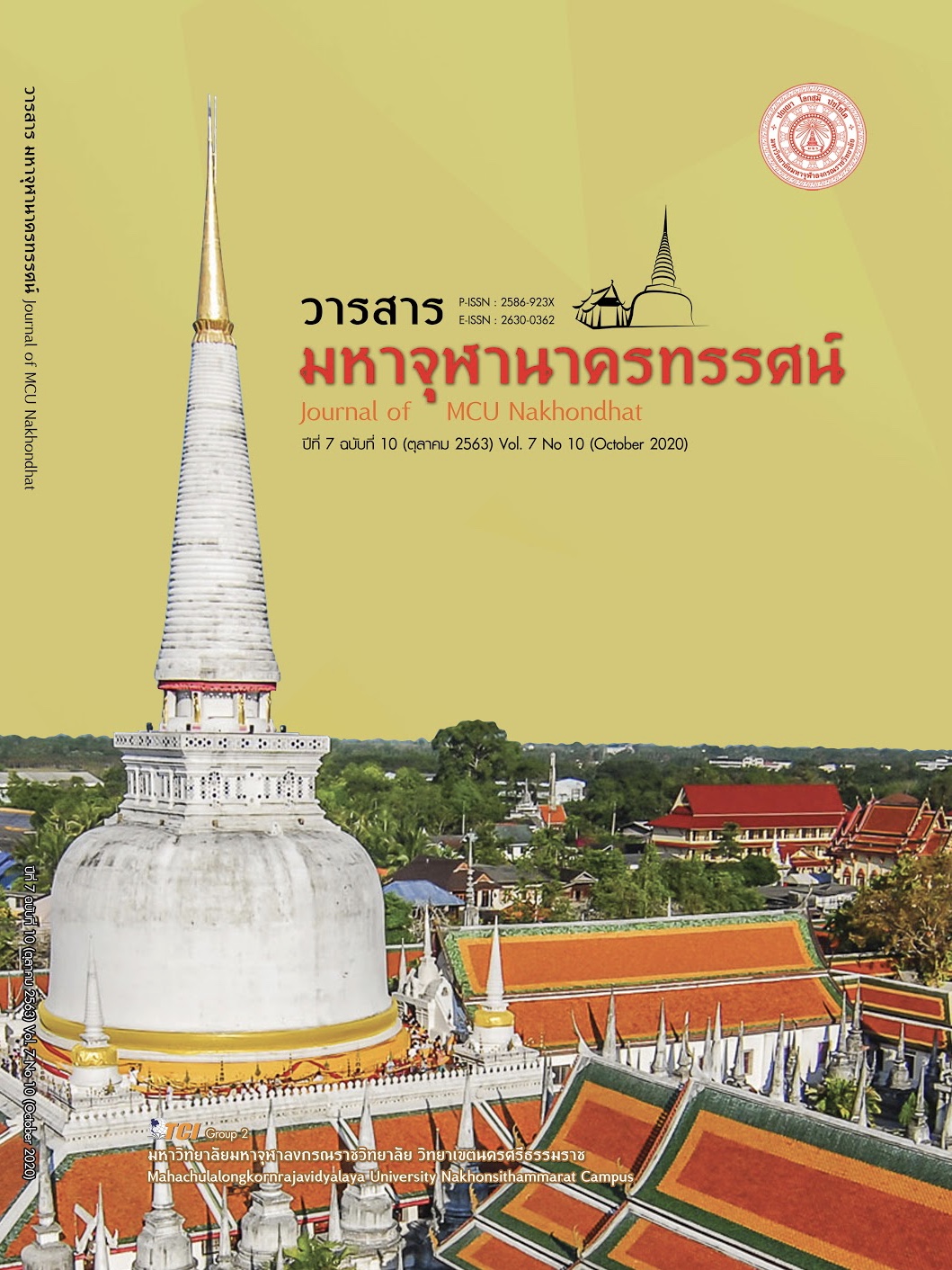HOME’S ENVIRONMENT MANAGEMENT FOR ASTHMA ATTRACT IN PRESCHOOLER: THE CHALLENGING NURSE’ ROLE
Main Article Content
Abstract
Nurse’s role for stimuli control that cause exacerbation of asthma attract in children. It is an important role and the home’s environment management is one of the management to be performed for asthmatic children. Because if environment management is not suitable it should be non effectiveness of disease control. Preschoolers with asthma take time of their lives indoors. The research have shown that the number and type of triggers in the home is greater than outside. If a child with asthma is exposed to triggers on a regular basis, it will cause frequent attacks of asthma attacks , disease control is not as effective as it should be Therefore, it is imperative that the home environment, which is a key role caregiver by the responsible parent, is necessary to always care with medication. So that children with asthma can control the disease and still maintain the disease control level to the control level. The management of each type of stimulus in the home is different and in many ways depending on the home context. The role of nurses in encouraging parents, who are primarily responsible for the care of pre - school children is challenging. Creating family involvement as co - administrators in pre - school disease control nursing planning. The objective of this article is to review knowledge about the home environment for asthmatic children control. Using the concept role of nursing in home environmental management for asthma in preschool children. This will be useful for planning care. Provide advice for families and follow up on actions to help control relapse effectively.
Article Details
References
สุจิตรา สีดาดี และชนนิกานต์ วิไลฤทธิ์. (2557). ปัจจัยที่มีความสัมพันธ์กับระดับการควบคุมโรคหืดในผู้ป่วยที่รับการรักษาในโรงพยาบาล ลำปายมาศ จังหวัดบุรีรัมย์. วารสาร วิชาการสาธารณสุข, 23(1), 30-36.
อรพรรณ โพชนุกูล และ สมบูรณ์ จันทร์สกุลพร. (2558). โรคภูมิแพ้ทางเดินหายใจในเด็ก. พระนครศรีอยุธยา: เทียนวัฒนาพริ้นติ้ง.
Ahmet U Demir et al. (2010). Asthma and Allergic Diseases in School Children from 1992 to 2007 with Incidence Data. Journal of Asthma, 47(10), 1128-1135.
Chiang, L. (2005). Exploring the health - related quality of life among children with moderate Asthma. Journal of nursing Research, 13(1), 31-39.
Dean et al. (2009). The Impact of Uncontrolled Asthma on Absenteeism and Health - Related Quality of Life. Journal of Asthma, 46(9), 861-866.
K.A.W. Karunasekera et al. (2005). Genetic and environmental risk for asthma in children aged 5 - 11 years. Sri Lanka Journal of Child Health, 34(3), 79-83.
Karel Koenig et al. (2003). Parents' perspectives of asthma crisis hospital management in infants and toddlers: An interpretive view through the lens of attachment theory. Journal of Pediatric Nursing, 18(4), 233-243.
Mathew, A. et al. (2012). Prevalence and Risk Factors of Asthma in School Going Children in South India. Nepal Journal of Epidemiology, 2(1), 171-178.
Pablo A Mora et al. (2011). Factor structure and longitudinal invariance of the Medical Adherence Report Scale - Asthma. Psychol Health, 26(6), 713-727.
Robin S. Everhart et al. (2011). Differences in Environmental Control and Asthma Outcomes Among Urban Latino, African American, and Non–Latino White Families. Pediatric Allergy, Immunology, and Pulmonology, 24(3), 165-169.


